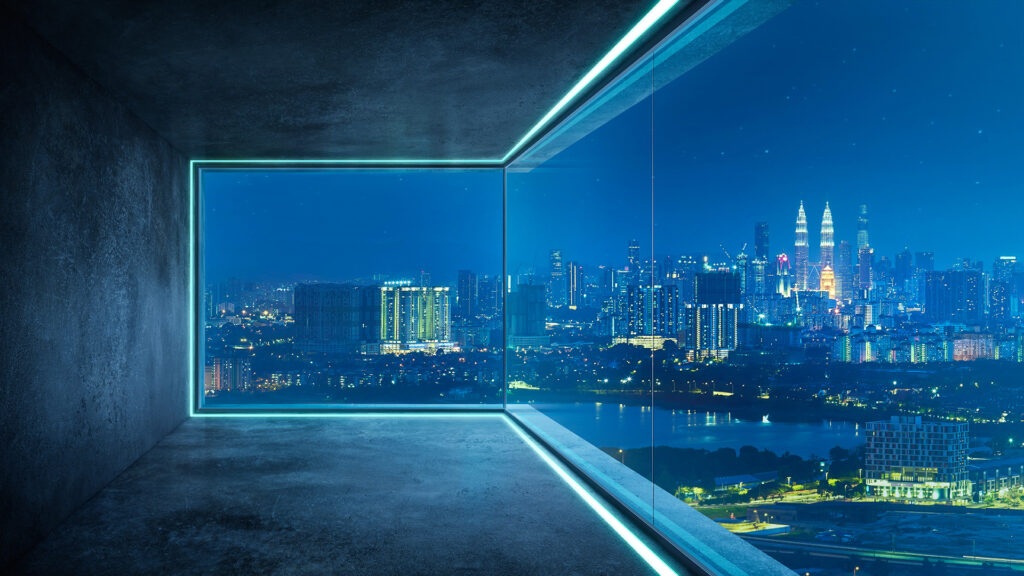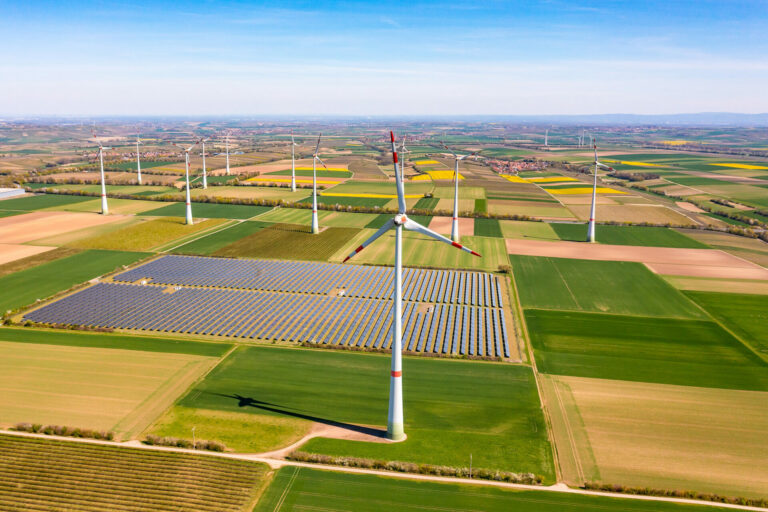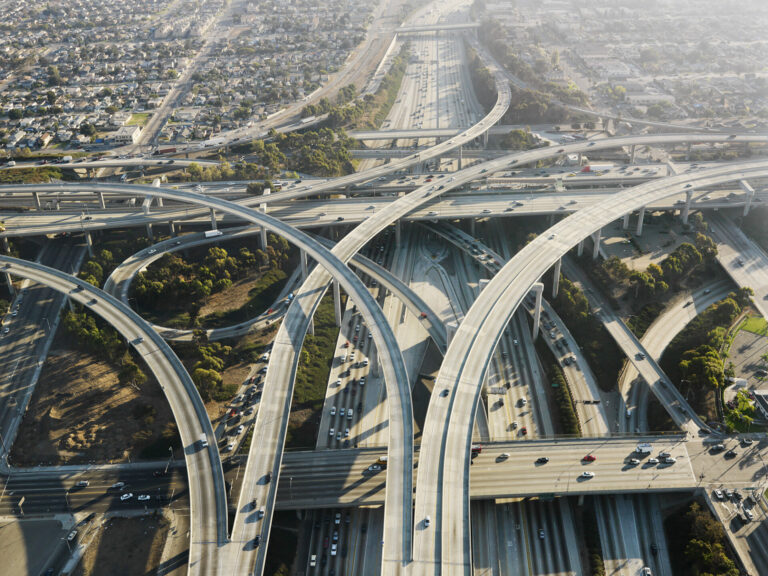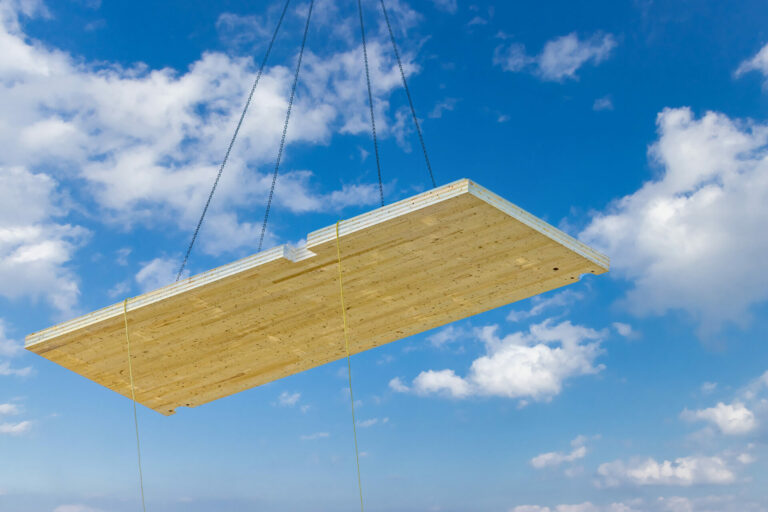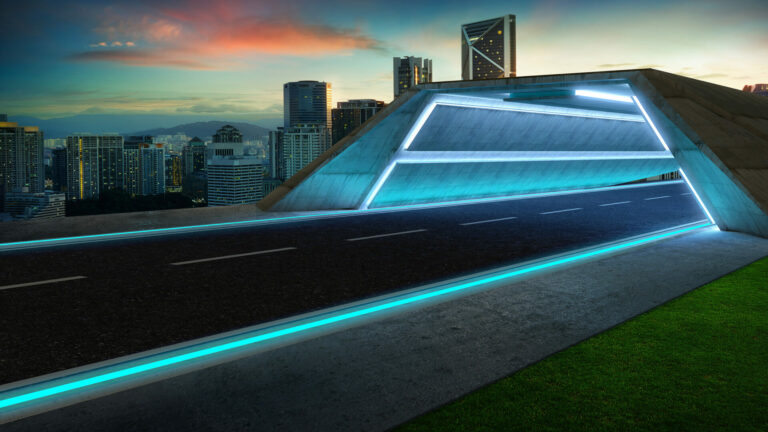Throughout modern history, construction has been constantly advancing. The precision and expertise available to the builders of today is incomparable to the structures of previous generations. While that isn’t to suggest that historical buildings are poorly designed or built – the Pyramids of Giza being a prime example of the skill that humans have always possessed, things have certainly moved forward. These changes and developments are unquestionably linked to the generations they were introduced by. The reasons for their introductions, however, are not as straight forward. Available materials and innovation in building techniques have all contributed towards the advancement of the industry but equally, style and architectural trends have been factors. Gone are the superstructures of previous generations where concrete and metal were the dominant ingredients. They have been replaced by large scale glass structures which are, for many, more aesthetically pleasing. Additionally, and not an insignificant detail for those tasked with producing these structures, glass is both cheaper to build and more environmentally conscious. With these trends in mind, it is no surprise that glass is being utilized increasingly in the construction industry. As the focus has turned to environmental concerns —amongst a growing concern about the construction industry’s own contributions to emissions targets— there has been an increasingly loud call for sustainable materials. Emissions heavy materials are being substituted and the built environment has had to adapt once again.
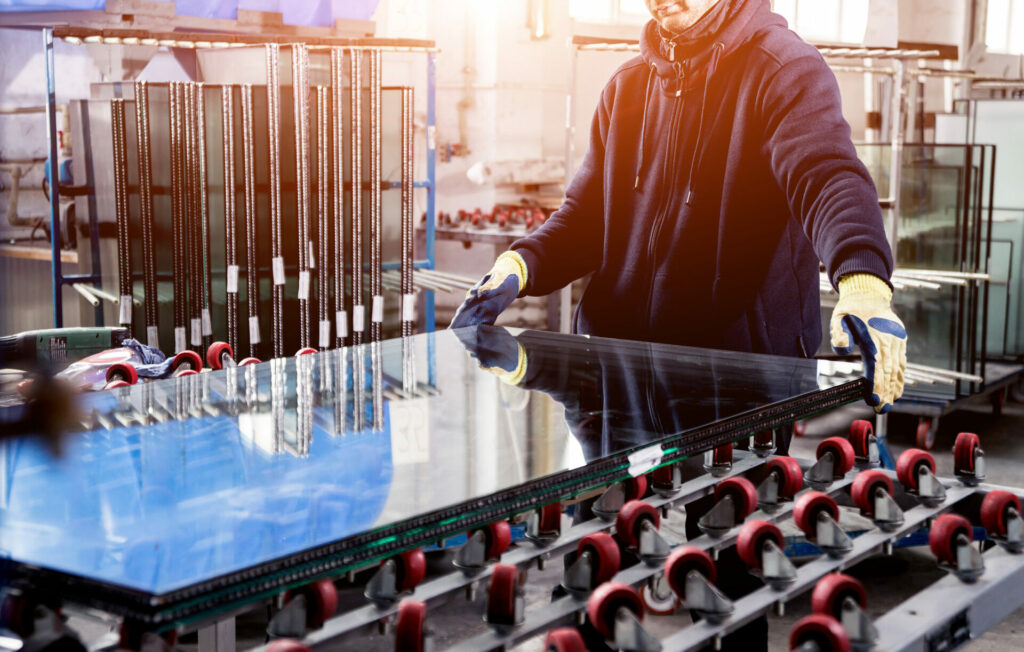
The relationship between glass and the construction industry goes back centuries, at least. Through the process of glass blowing, established in the 1st Century, the material was used in vases and tiles. It was very quickly sequestered into everyday building with windows of glass being found in Ancient Rome. In 1958 however, things changed massively. Through the sophisticated float glass process, the material could be produced free of distortion and in a variety of thickness. Overnight, glass changed from being a decorative yet brittle material used to cover wall openings, to the wall material itself. Its popularity in building exteriors skyrocketed and it is now synonymous with cityscapes. However, according to recent scientific developments, its full potential in the construction industry may still be ahead.
According to Mithila Achintha, researcher at the University of Manchester, UK, the sustainable benefits of glass are many and its unique qualities make it an ideal choice when it comes to construction. “Many qualities make glass attractive, as it is transparent, chemically inert, environmentally friendly, sustainable, strong, easily available and relatively cheap.” Despite this, it seems as though there is even more that it can offer. Reactive glass, the ability for glass to change according to its environment, is nothing new. People have carried it in the lenses of their glasses for many years. The ability to respond to natural light and darken when it in direct sunlight is a neat, yet reasonably normal trick. However, the science behind these glasses is considerably more interesting, and the potential for truly transformative products may be upon us. The glass itself is in fact coated in a thermochromic material. When in contact with sunlight, its molecules are rearranged to darken the glass and block glare.
“Researchers at the National Renewable Energy Laboratory have successfully managed to great window applications that tint in the sunlight while also generating electricity.”
While that particular solution is yet to be discovered, other significant developments have already taken place. Researchers at the National Renewable Energy Laboratory have successfully managed to create window applications that tint in the sunlight while also generating electricity. According to Lance Wheeler, scientist at NREL and co-author of the study, the perception of solar power is a misguided one, at best. “There are preconceived notions of what an energy-efficient building looks like, and it usually is not highly glazed, and it probably isn’t very tall. We found that there are other ways to build high-efficiency buildings.” The need to identify solution to highly-glazer buildings is a simple one. In cities across North America, structures with a higher ratio of window to wall required significantly more energy to cool the rooms inside. Simply put, the larger the windows, the more energy it expended.
The NREL asked the question, how can we turn this problem into a potential solution? The answer was PV Glazing, an innovative technology that harnesses thermochromic materials and transforms windows into electricity generators. By placing a film of a solar-cell called perovskites over the glass, the window reacts in fascinating ways. What’s more is that, when PV glazing was installed the ratio of window to energy usage was directly inverted. Wheeler went on to explain that, while PV windows may not be the answer long-term, the potential for energy generation in high-rise and large scale building work is phenomenal. “I don’t want to sit here and say we should be building highly glazed buildings. We should be building highly efficient buildings. But if we if we choose to keep making these buildings, we’ve got to reconcile their lower performance somehow, and PV windows are one way to do that.” Furthermore, according to Wheeler and his colleagues, the research demonstrates how significant a breakthrough this is in terms of further use of perovskites and energy consumption. “The work demonstrates the extraordinary promise of perovskites to reduce building energy consumption and mitigate climate change without sacrificing the architectural freedom of glazing.” He believes that, be incorporating these technologies in high-rise buildings, skyscrapers can take a significant step towards becoming net-zero. “Picture a skyline in, like, New York City where there are these high-rise buildings that are entirely glass. They’re fully glazed. The Freedom Tower has millions of square feet of glass. It could be a power plant in itself.”

While this is a hugely exciting and transformative breakthrough. The need to counterbalance the energy consumption has its negatives. For a start, it is an reactive, rather than proactive. So, how could these technologies be advanced further to take a forward step in the battle to reduce energy consumption. The potential answer is a Smart Window. Research is currently underway to find materials that block both light, and heat, which would have a considerable impact on the heating and cooling of buildings. Rather than generate power to offset a structures energy consumption, scientists are aiming to produce materials that react to light and heat by adjusting to reflect heat, thereby turning skyscrapers into enormous passive houses. According to a recent study that looked into the viability of such technology, a high-tech design using nano-wires successfully combined electro- and thermochromics for Smart Windows. “These smart windows, which have a wide response range of 30–50 °C, can dynamically adjust their blocking performance. As the ambient temperature increases, the window’s ability to block sunlight becomes stronger. The wide response range allows smart windows to progressively adjust their blocking ability as the temperature changes, dynamically regulating the room temperature in various real-world weather conditions.”
While this particular study is still at an early stage, there is a clear indication that the relationship between glass and energy saving has a long way to run. As history has shown, design can change due to any number of factors. It seems that, as glass becomes the ubiquitous choice in high-rise building, the combination of style and innovation is one that may stay in fashion for a long time to come.









